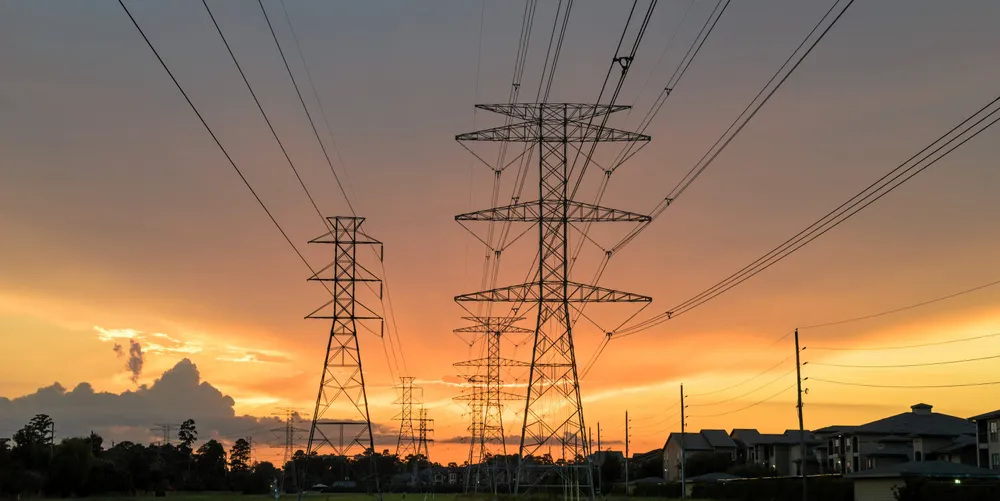'Routine black swans' | North American grids face heightened risk of extreme weather
As more than 90% of US defence sites rely on private power, reliability is also a national security issue

More of the North American grid is now at risk of failure during severe winter storms than in the past due to rising demand, insufficient generation, and inter-regional connectivity, but also increasing severity of winter storms, according to a report by North American Electric Reliability Corporation (NERC).
The areas at risk extend over much of the eastern two-thirds of the continent, “a much bigger area than we've seen in the past,” said Mark Olson, manager of reliability at NERC.
“Even though nearly all of the areas we have set have adequate resources for a normal winter peak demand, the risk from a prolonged wide area cold snap is very challenging,” Olson added, speaking during a webinar hosted by the American Council on Renewable Energy (Acore) Tuesday.
“These black swan events are a little bit more routine because it's now just about every season, whether it's winter or summer that we have these prolonged events and we have areas that are really stretched in terms of being able to meet peak demand,” said Thomas Coleman, executive director of grid security project at consultancy SAFE.
National security concerns
Risks of grid failure are also a national security issue, as over 90% of Department of Defence (DoD) installations rely on the private sector for power.
“In the modern threat environment, critical infrastructure is very much on the battlefield,” said Jonathon Monken, principal at research consultancy Converge Strategies and a veteran of the US Army.
“The planning processes that we have, certainly at the bulk electric system level, do not take DoD or national security loads into account,” said Monken.
Grid operators need to ensure that critical customers such as the military are “getting the levels of reliability resilience that they need,” Monken added.
HVDC bolsters grid
Transmission, especially high voltage direct current (HVDC) that can carry bulk power across regions can be a significant reliability asset, said Elise Caplan, vice president of regulatory affairs at Acore.
Inter-regional transmission “can really capture the variation in resource output, the variation in consumer demand and that can be both from renewable energy but also conventional resources that may be experiencing for example, difficulty accessing fuel supplies in one region and not in another,” said Caplan.
While much of the US East is at risk, added wind and strong hydropower resources in the Midwest and West have alleviated winter reliability concerns, NERC's report said.
Texas has made substantial improvements in generator readiness and operating reserves, but strong load growth has undermined these advances and the Lone Star state remains at risk of “having insufficient dispatchable resources and generation in wintertime,” said NERC.
(Copyright)